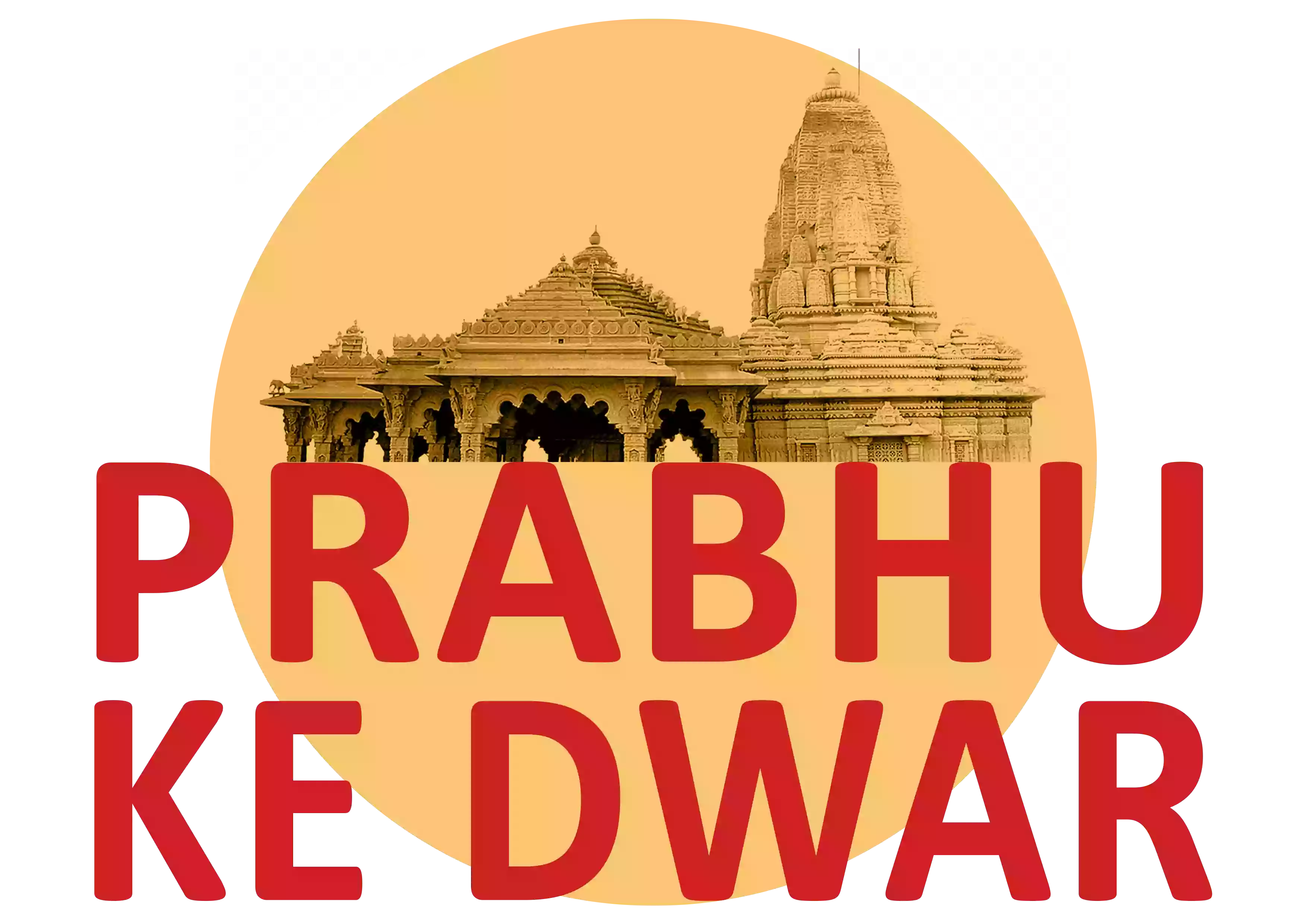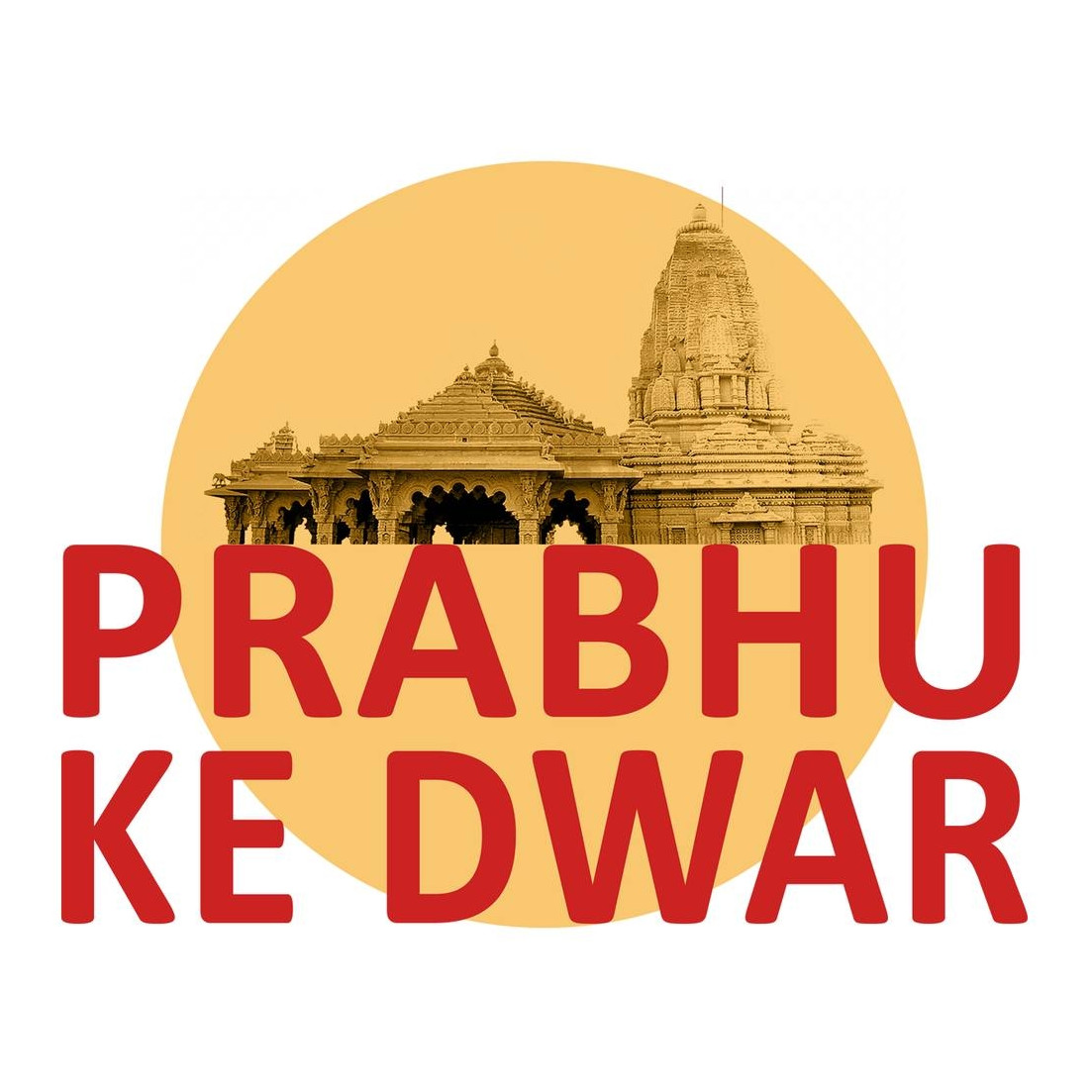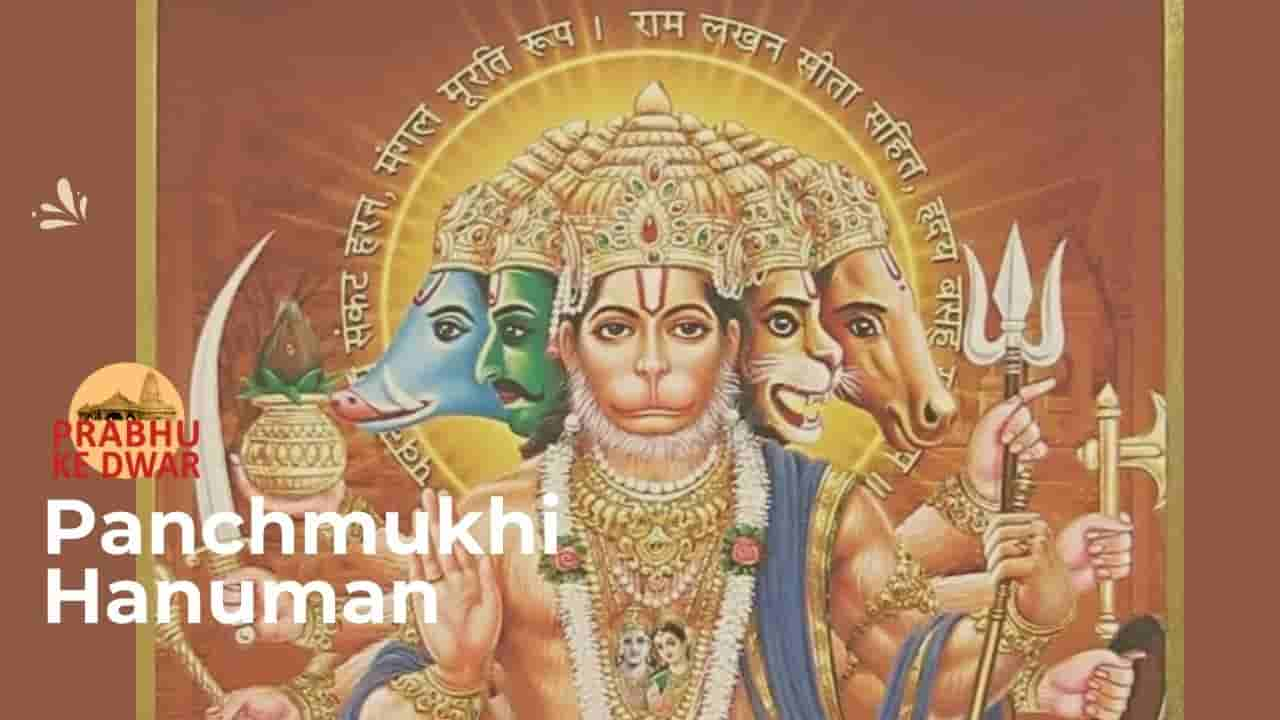Introduction
In Hinduism, the Shivling holds immense significance as a sacred symbol representing Lord Shiva, one of the principal deities in the Hindu pantheon. The Shivling, also known as the Shiva Lingam, is a unique representation of Lord Shiva's cosmic energy and divine power. This article aims to explore the deeper meaning behind the Shivling and its symbolism, shedding light on its spiritual and cultural importance.
What is a Shivling?
A Shivling, in its simplest form, is a symbolic representation of Lord Shiva and is worshipped as a manifestation of His divine energy. It consists of two main components: the Lingam (a phallus-shaped symbol) and the Yoni (a base representing the feminine principle). The Shivling is often made from stone, which is believed to embody the eternal and indestructible nature of Lord Shiva. The materials used for making a Shivling can vary, including metals, gems, and clay, each adding a different layer of significance to the symbol.
The Symbolism of the Shivling
The Shivling symbolizes the union of the divine masculine (Shiva) and feminine (Shakti) energies, representing the creation and preservation of life. It signifies the balance and harmony between opposing forces and the transcendence of duality. The Lingam represents the cosmic pillar or axis mundi, while the Yoni signifies the divine womb and the origin of all creation. Together, they highlight the interconnectedness of all existence.
Shivling and Lord Shiva
The Shivling serves as a focal point for devotees to connect with Lord Shiva. It is believed that by worshipping the Shivling, one can attain spiritual enlightenment and liberation from the cycle of birth and death. The Shivling is considered an abstract representation of the formless and omnipotent nature of Lord Shiva, allowing devotees to focus their reverence and meditation on His infinite power.
The Lingam and Its Shape
The Lingam, the prominent part of the Shivling, has a distinctive shape that symbolizes the cosmic pillar and the unmanifest energy of Lord Shiva. Its elongated cylindrical form represents the infinite nature of the divine and the unending cycle of creation, preservation, and dissolution. This shape is not merely a physical representation but a profound symbol of the divine consciousness that permeates the universe.
The Spiritual Significance of the Shivling
The Shivling embodies various spiritual concepts, including the unity of opposites, the eternal nature of existence, and the transcendence of dualities. It represents the infinite power and consciousness of Lord Shiva, reminding devotees of their own divine nature and the potential for spiritual growth and realization. Worshiping the Shivling encourages self-reflection and the pursuit of spiritual enlightenment.
How to Make a Shivling
Creating a Shivling is a sacred process that requires reverence and devotion. It involves carving or shaping a stone or clay into the form of a Lingam, following specific rituals and guidelines. The process varies based on individual beliefs and traditions, but it is essential to approach the creation of a Shivling with utmost respect and purity of intention. Each step, from selecting the material to the final consecration, is performed with deep spiritual significance.
The Worship of the Shivling
Devotees worship the Shivling by offering water, milk, honey, and sacred substances like bilva leaves and vibhuti. The Lingam is bathed and adorned with flowers, while prayers and mantras are chanted to invoke the divine presence of Lord Shiva. The act of worshiping the Shivling is a profound way to express devotion, seek blessings, and attain spiritual enlightenment. Each offering and ritual is performed with a sense of reverence and devotion, creating a spiritual connection with the divine.
Different Types of Shivlings
Shivlings come in various forms, each representing different aspects of Lord Shiva. Some common types include the Jyotirlinga (lingam of light), Panchmukhi Lingam (five-faced Lingam), and Narmada Lingam (made of Narmada river stones). Each type carries its own unique symbolism and spiritual significance, providing devotees with diverse ways to connect with Lord Shiva's divine energy.
Shivling and Lingam: Differences and Similarities
The terms "Shivling" and "Lingam" are often used interchangeably, but there are subtle differences in their meanings. While the Shivling refers to the entire structure comprising the Lingam and the Yoni, the Lingam specifically represents the phallus-shaped symbol of Lord Shiva. Both are revered and worshipped as sacred manifestations of divine energy, serving as focal points for devotion and meditation.
Shivling and Hindu Mythology
Hindu mythology is replete with stories and legends associated with Lord Shiva and the Shivling. These tales highlight the significance of Lord Shiva as the destroyer of evil, the embodiment of cosmic energy, and the source of all creation. The Shivling serves as a reminder of the profound teachings and spiritual wisdom conveyed through these mythological narratives, enriching the cultural and spiritual tapestry of Hinduism.
The Linga Purana and its Importance
The Linga Purana is one of the eighteen Mahapuranas in Hinduism, dedicated to the glory and significance of the Lingam. It provides valuable insights into the worship rituals, philosophical aspects, and symbolic interpretations associated with the Shivling. The Linga Purana acts as a guide for devotees seeking a deeper understanding of the divine essence represented by the Shivling, offering profound spiritual teachings and practices.
The Concept of Nirakar Shiv
Nirakar Shiv refers to the formless aspect of Lord Shiva, beyond human comprehension. It represents the transcendental nature of divinity that cannot be confined to any particular shape or form. The Shivling, as a symbolic representation, allows devotees to connect with this formless aspect of Lord Shiva and experience His infinite presence. This concept emphasizes the limitless and boundless nature of the divine.
Shivling and Devotee's Perspective
For devotees, the Shivling is not merely a stone structure but a medium through which they can establish a personal connection with the divine. It is a focal point for meditation, prayer, and seeking spiritual solace. The Shivling inspires devotees to introspect, surrender ego, and cultivate devotion, ultimately leading to self-realization and union with the divine. This personal connection fosters a deep spiritual bond with Lord Shiva.
Shivling and the Philosophy of Creation
The Shivling represents the eternal cosmic process of creation, preservation, and dissolution. It symbolizes the cyclical nature of existence, where birth and death are integral parts of the cosmic dance. The Shivling teaches us to embrace change, transcend limitations, and realize the underlying unity in diversity. This philosophy encourages a holistic understanding of life and the universe.
Conclusion
The Shivling stands as a powerful symbol of Lord Shiva's presence and divine energy. It encapsulates profound philosophical concepts, spiritual insights, and cultural traditions within its form. By understanding the deeper meaning and symbolism of the Shivling, devotees can embark on a transformative spiritual journey and experience the eternal grace of Lord Shiva.
FAQs
What materials are used to make a Shivling? Shivlings can be made from various materials including stone, metals, gems, and clay, each adding a different layer of significance to the symbol.
How is the Shivling worshipped? Devotees worship the Shivling by offering water, milk, honey, and sacred substances, while chanting prayers and mantras to invoke the divine presence of Lord Shiva.
What is the difference between a Shivling and a Lingam? The Shivling refers to the entire structure comprising the Lingam and the Yoni, whereas the Lingam specifically represents the phallus-shaped symbol of Lord Shiva.
What are some types of Shivlings? Some common types include the Jyotirlinga, Panchmukhi Lingam, and Narmada Lingam, each with unique symbolism and spiritual significance.
What is the Linga Purana? The Linga Purana is one of the eighteen Mahapuranas in Hinduism, providing valuable insights into the worship rituals, philosophical aspects, and symbolic interpretations associated with the Shivling.


